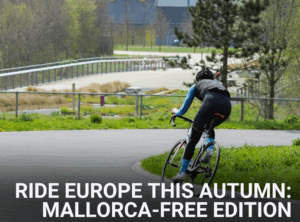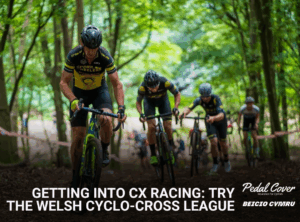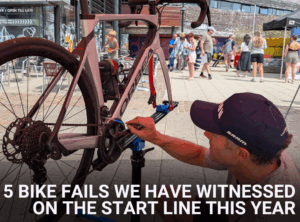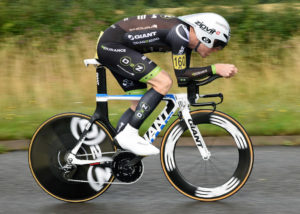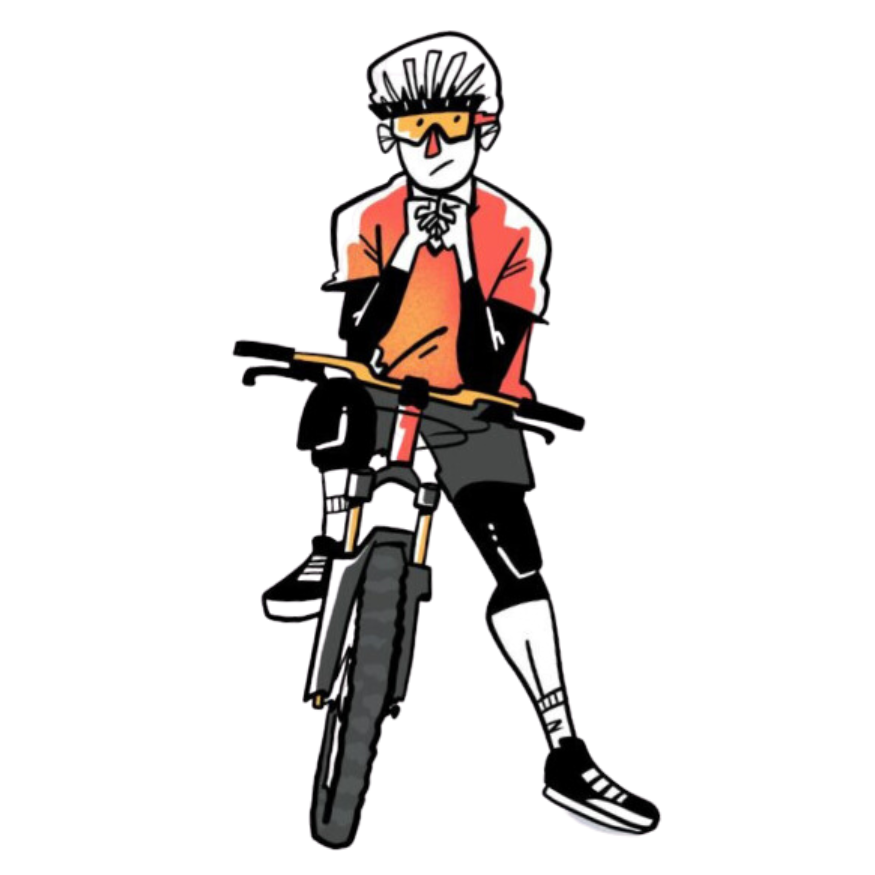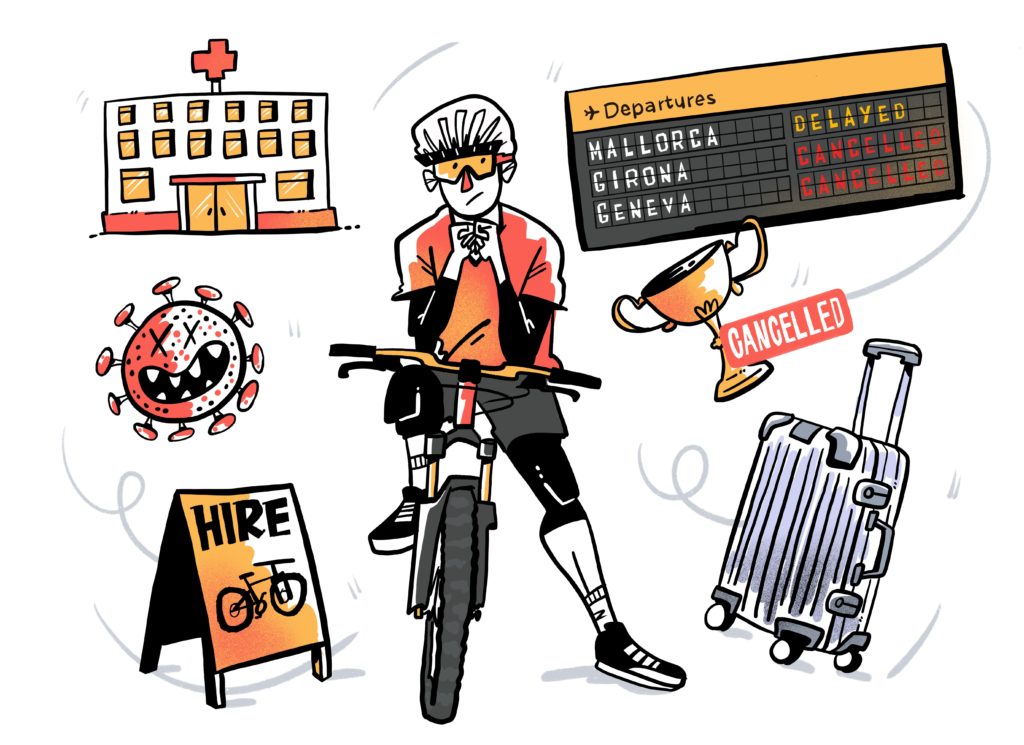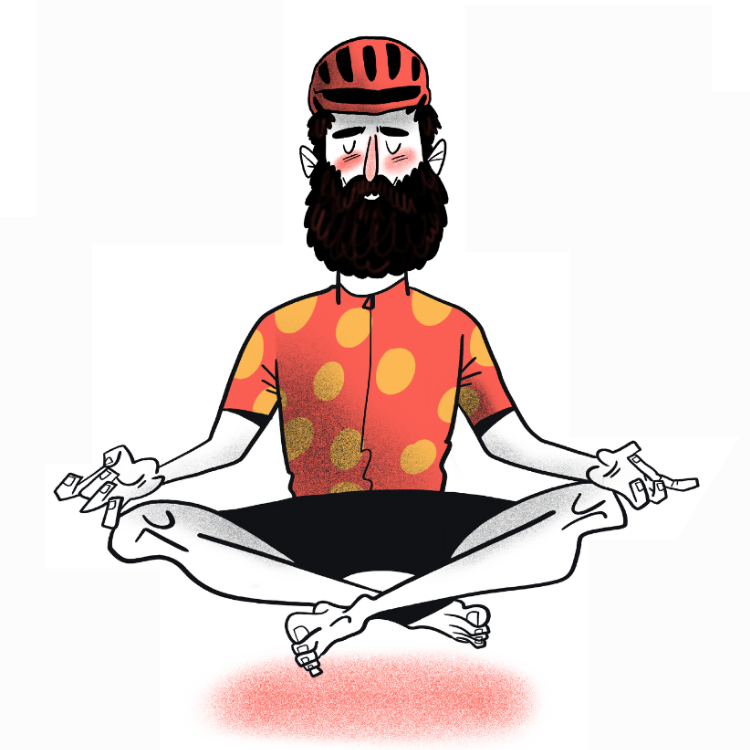“Which bike are you going to use?” your mate asks as you look at the elevation profile for your hilly triathlon or shallow gradient hill climb. You look at them bemused, realising that you’d not given it any thought. Figuring out the best choice of bike to either use for a specific race, or even a new purchase, is not a particularly simple task. Here we have compiled five tips to help you decide. The points you consider for both of these questions are remarkably similar so we will deal with them in parallel.
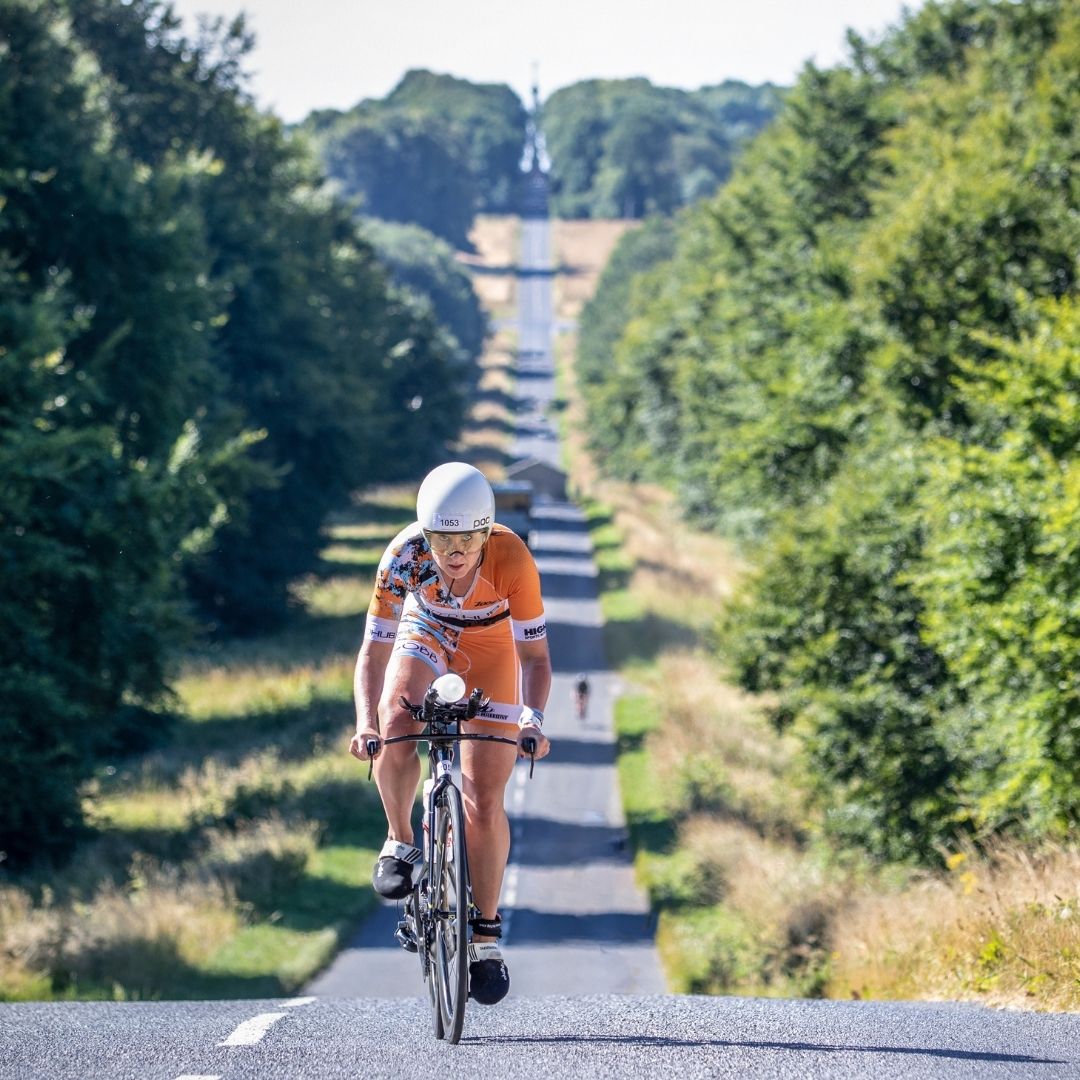
Is this your only bike?
Simply put, if you’ve only just taken up triathlon and this is your first bike – get a road bike. It’s more versatile, you can explore a wider range of types of riding and racing. If you’re deciding whether or not you should buy a new bike for one specific race, stick to what you’ve got – one race isn’t worth a whole bike. That money can be better spent on preparation. If you plan to commit to time trials or triathlon and race a lot of them over the course of a year – hilly, flat or both, then it might be time to think about getting a time trial bike. If you only own one bike, it’s not worth having a time trial bike purely for the reason of missing the group ride to the cafe!
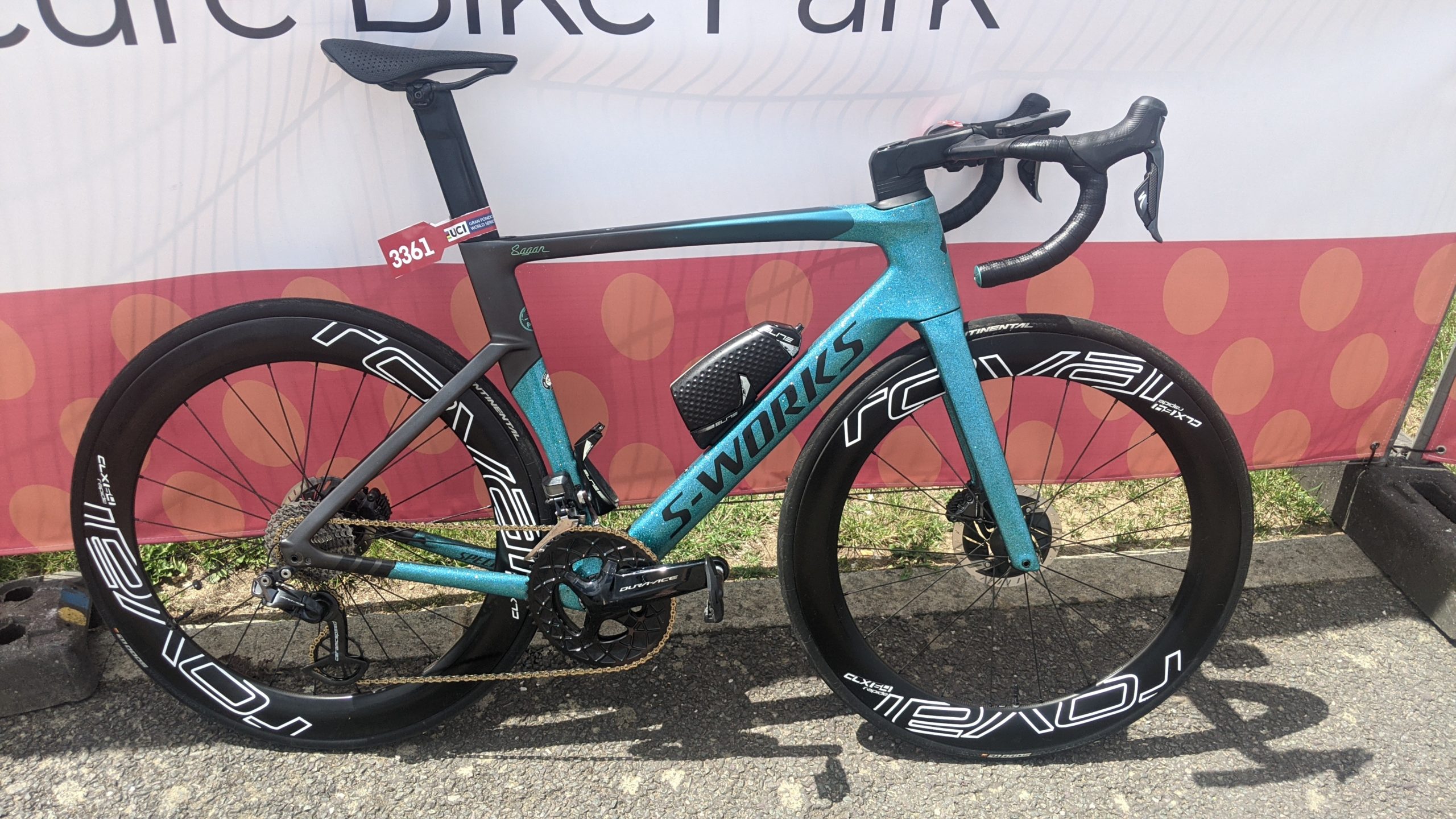
Where do you live?
The chances are, if you’re reading this then you’re somewhere in the UK – though not necessarily. The UK is a topologically interesting country with some steep, hard climbs – but it has a stronger time trial culture than almost anywhere else in the world. We love a time trial here and I’ve written a lot about it in the past for Yellow Jersey. If you’re interested in learning about the history of time trials in the UK have a look here. If you live somewhere without a strong TT race scene, make sure you’re going to get use out of your time trial bike somehow, perhaps triathlon. They aren’t always the most fun to ride so if you’re buying one, make sure you’ve got it for a reason. That said, I love having mine for hunting Strava segments…
Don’t just think about elevation, think about gradients and corners
How hilly is too hilly for a time trial bike? Recently I’ve been thinking about this as I am training for a couple of mountain triathlons and I’ve settled on the following. If there’s less than 20% of the course on flat or rolling roads, a road bike is potentially faster – depending on the weight differential between the two. If you’re riding in the aero position, the time trial bike will be faster. The problem is, not all parcours suit riding in the bars – especially if you’re racing further afield (like the alps, for example). Technical descents cannot (usually, unless you’re rather brave) be taken in the time trial bars and long, steep climbs are slower on a heavy bike – pretty much the only time weight matters more than aero.
The flip side of that is shallow gradients can actually be faster in the bars. If you’re climbing even at a relatively modest speed of 25kph, a significant proportion of your power is being lost to air resistance. The point that I’m making is that a time trial bike is always faster if you’re going faster, and sometimes slower – but not always – if you’re going slower.
Are you a good mechanic?
Time trial bikes are a bit of a faff, so much so that I’ve racked up enough store credit with my local bike shop to buy it and I’ve only had a TT bike for a year and a bit. If you’re a good bike mechanic then you’ll be alright with a TT bike but if you’re anything like me, you may struggle. Whether you’re looking to buy a time trial bike or thinking about which bike you’ll take to a race – your ability to deal with mechanical issues, which will arise at some point, should be paramount to that decision. A time trial bike is only faster than a road bike when the time trial bike actually works.
Have you had a bike fit?
The aero bars are only faster if you can stay in them. Being comfortable in the bars is often the result of a bike fit. Your aero position isn’t aero if you can only hold it for five minutes. On top of this, you need to be able to see while you are in the tuck – if you’re not comfy on your TT bike, the road bike will be faster. This also applies to purchasing a TT bike – getting a fit before you actually make the purchase is wise. This is so that you can purchase a frame with geometry more suited to your specific build and flexibility rather than trying to retrofit a badly fitting frame to you.
Conclusion
Making the decision between a road bike and a time trial bike, whether for a specific race or making a new purchase, is certainly a non-trivial decision. Considering factors like your riding terrain, mechanical ability and personal physiology and geometry will help you make a decision and end up with a bike that you’ll get the most out of. One thing that’s true is that a road bike with clip-ons with a good position is faster than a time trial bike with a position that you’re not able to hold!

